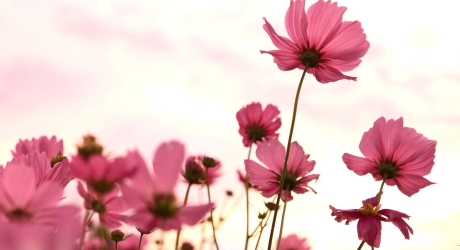The story of Adam and Eve is common to both the Bible and the Quran. According to the Quranic account, God created Adam and his wife, Eve and settled the pair in Paradise. Where was this Paradise? The Bible is specific on this point: “The Lord God planted a garden eastward in Eden, and there He put the man whom He had formed.” (Genesis 2:8)
This was the beginning of the social life of man. God gave both Adam and Eve a basic direction:
“We said, ‘O Adam! live with your wife in Paradise and eat freely from it anywhere you may wish. Yet do not approach this tree lest you become wrongdoers.’” (The Quran, 2:35)
The ‘forbidden tree’, in one sense, was a symbol of social taboos. Breaking these taboos means involving oneself in social wrongdoing, as mentioned in the above Quranic verse.
When God created Adam and Eve, it was not just creating a pair, rather it was creating the first unit of society. Adam and Eve were not created to live simply as a pair forever but were destined to start a generation; and form a society complete in every respect, subsequently paving the way for the building of a civilization.
Adam and Eve were given complete freedom but their freedom was a restricted freedom. They were to refrain from all activities which would go against their fellow men. In other words, they were forbidden to indulge in any kind of social wrongdoing, otherwise they would fail to fulfil the divine plan.
What is ‘wrongdoing’? Anything that proves to be harmful to one’s fellow men is wrongdoing. In other words, Adam and Eve were required to follow the well-known formula: ‘You are free but your freedom ends where another’s nose begins.’
This was the first social lesson given to the first man. As well as having freedom bestowed upon him, man was created with great qualities and all kinds of infrastructure to allow him to make use of his talents. Thus man potentially was the master of his environment. He was able to create a world of his own, with the sole condition that he should not misuse his freedom. He must refrain from approaching the ‘forbidden tree.’
If the members of society refrain from indulging in wrongdoing and all use their freedom within the prescribed limit, then in such a society everyone will be able to develop his personality. Moreover, this society will grow in every way for the better. Living in such a society is like living in Paradise.
Source: Quranic Wisdom











